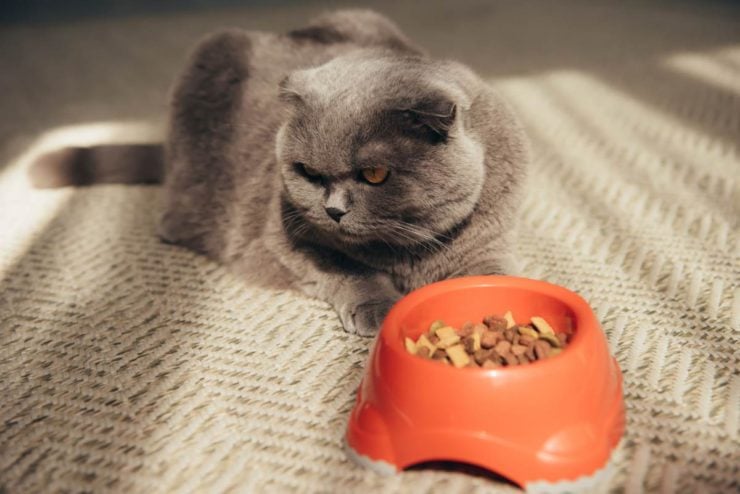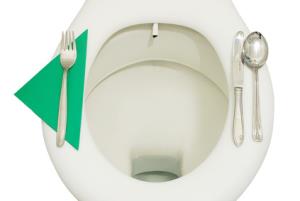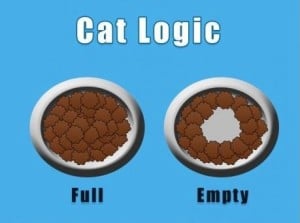Usually, when people tell us that their cat is not eating, they choose words such as “picky” or “spoiled.” Do you strive to provide the best for your cat, but he still says no? We too have been there, but as ungrateful as your cat appears, there is probably a logical explanation of why your cat may not be eating.

In this article, similar to when we taught how to encourage your cat to drink more, you will learn what may cause your cat to become a picky eater, and most importantly, how to entice your cat to eat.
- Medical problems. There are so many possible medical reasons for a loss of appetite or anorexia in cats. We can’t list them all, but we can talk about groups of them.
- Painful eating. If your cat feels pain as he tries to eat, he will instinctively try to avoid this unpleasant activity, even if it means starving. Common examples of causes of pain are dental problems, a jaw fracture, or spine problems. See, there are not only actions that cause chewing to be painful; your cat may also have difficulty in maintaining its posture while eating. You can find more about the symptoms of pain in cats here.
- Digestive problems. If any part of your cat’s digestive system is not functioning normally, it may make your cat feel sick and make it avoid eating. Examples of causes of digestive system trouble are a foreign body, tumors, or inflammation in any part of the gastrointestinal tract from mouth to anus.
- The immune system purges the body. In the case of many illnesses, inflammations, or infections, your cat’s immune system may “command” the body to purge itself. This purging not only includes vomiting or diarrhea but can include not taking in food as well. You’ve probably noticed–when you are sick, food does not quite appeal to you.
- Others. There are health-related reasons for a cat not to eat. Sometimes your cat may even lose its sense of smell and find it hard to identify the food. The possibilities are many, and the best way to know whether or not your cat’s eating patterns have changed due to medical causes is to look for supplemental symptoms, like lethargy, the cat not eating and throwing up diarrhea, or lameness. And, of course, you should also visit a veterinarian. Be wary if your older cat is not eating, as this situation has some prevalence when it comes to underlying medical causes.
- New food introduced. Many cats, especially those who have been fed dry diet since birth, may fail to recognize anything else as food. Cats may go hunting without being hungry, and NEVER eat what they catch, because they have no clue that a mouse is edible. If you need to change your cat’s food, you should do it gradually. Mix the old food with a little bit of the new menu. Gradually increase the amount of new food.
- Routine and environment change. If your vet confirms your cat’s health, and you did not introduce new food lately, yet he suddenly develops a food aversion, then something must have changed in the environment. Did you move your cat’s stuff? Or maybe a new person recently moved in or has started to visit often, or you have added new furniture or had some home repair done. Some other routine changes can also affect your cat’s appetite, like scheduling meals at different times of the day or a change in your cat’s food type, as mentioned above.
- Stress. Stress may show in several ways, and it can also both decrease and increase your cat’s appetite. You likely know this from your own experience, but could your cat be stressed? Yes, of course. Solve the problem, and your cat’s appetite may return to normal.
- Wrong food bowl location. Most commonly, the food bowl location is too scary for a cat to visit. For example, the owner has two or more cats, and one of them is passively bullying the other one. The owner may not even notice that every time the second cat tries to approach the bowl, the first one stares aggressively at it, and the second cat eventually decides to go for a meal later… an opportunity that rarely comes. There are other reasons why your cat may be afraid to approach the bowl, for example, because it’s too close to another animal, such as an angry dog, or even to an object, such as a washing machine or vacuum cleaner. Also, take note that this problem is not only about whether the bowl resides in a frightening location. It may also be that your cat has to pass that location to reach the food. Switch your cats to scheduled meals, and make sure that you feed the timid one in a closed room. If you free feed, make sure that the food is accessible in more than one location.
- Food too close to litter box or water. The litter box, water, and food all have to be in separate locations. Why? Because they are in separate areas in nature. A cat won’t eat where he poops, and he won’t drink where a dead animal (dry food) lies. Some cats may develop a water aversion or may poop outside the box when there are such arrangements, but there are cases when food aversion arises instead. The solution is simple, whether or not this is the only reason for your cat not eating. If your cat’s food bowl is next to water or the litter box, move it.

Additional tips:
- Don’t starve your cat! Has your cat not eaten for more than two days? Then he is at a high risk of damaging his internal organs permanently. If your cat stops eating – visit a vet. If your cat does not eat the new food, switch back to a previous menu, and introduce the new one more gradually. There’s more than one reason to do this, and we will talk about it next week.

While it’s more common that cats are hungry all the time, picky eating habits are still widespread problems that cat owners face. Is your cat a picky eater? Have you tried some of the above tips?
